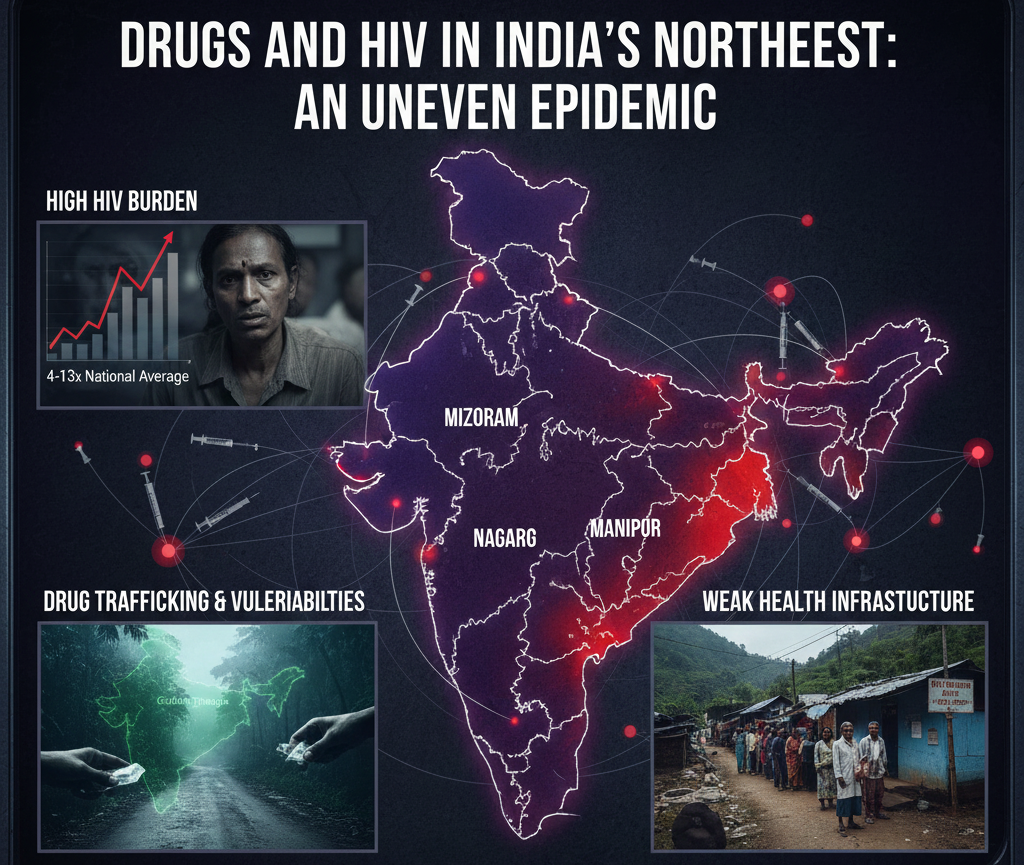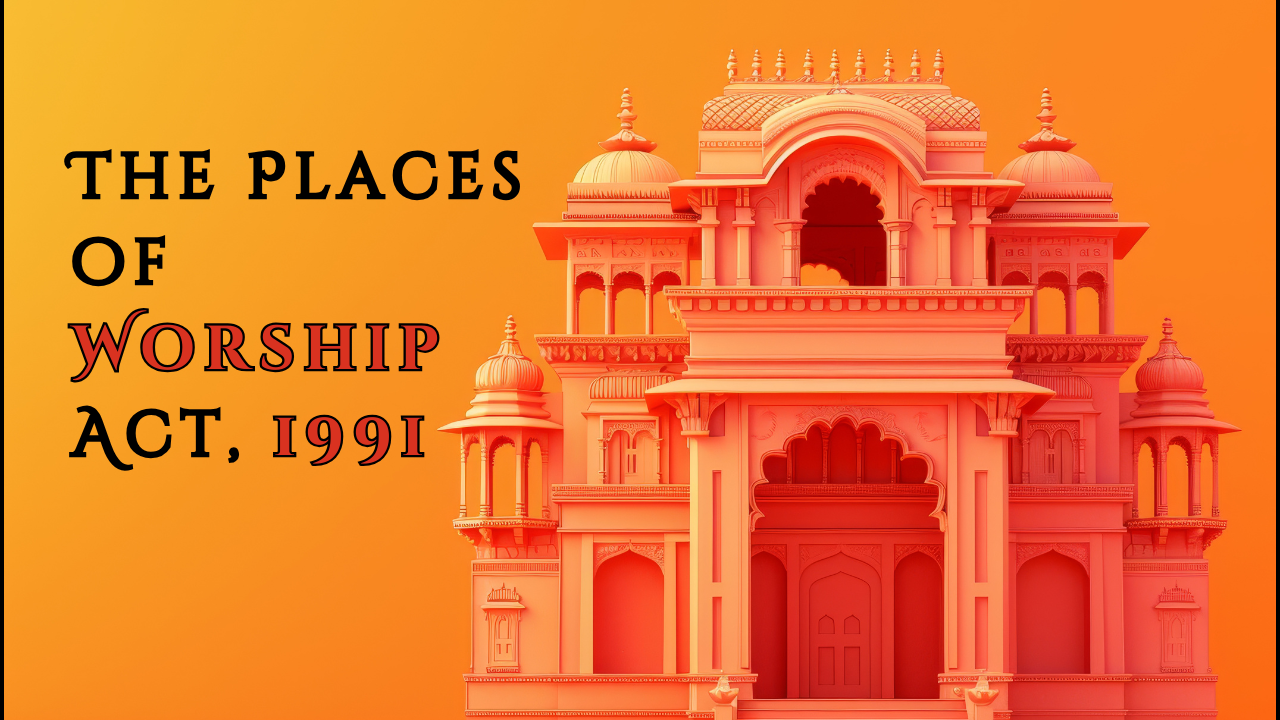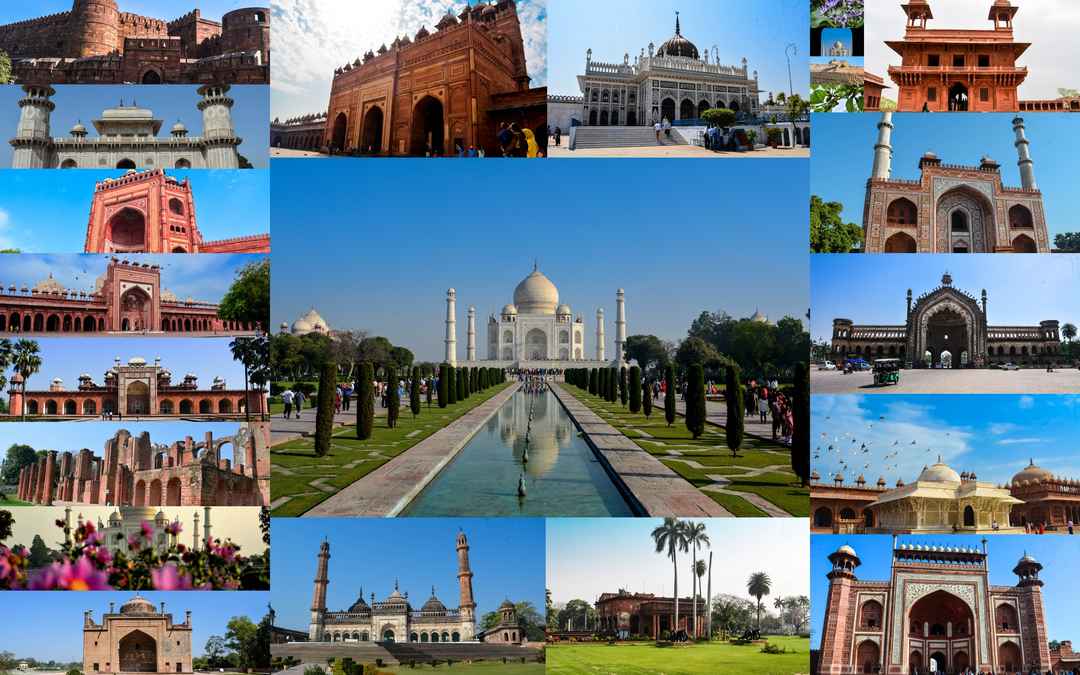Font size:
Print
Witchcraft Hunting
Context:
Five members of a family, including a Chhattisgarh police head constable, were allegedly beaten to death on suspicion of practising witchcraft in a village in Chhattisgarh’s Sukma district.
Article 51A (h) of the Indian Constitution says, “ It is the duty of every citizen to develop a scientific temper, humanism, and the spirit of inquiry and reform.”
Reasons
- Superstitions and Belief Systems: Deep-rooted superstitions and traditional beliefs about witchcraft are prevalent, particularly in rural areas.
- Gender Discrimination: Witch hunts predominantly target women, especially those who are elderly, single, or socially marginalised. These women are often viewed as easy targets due to their vulnerable status in patriarchal societies.
- Socioeconomic Factors: Economic hardships, such as poverty, land disputes, and resource scarcity, often exacerbate tensions within communities.
- Community Dynamics: Witch-hunting often involves collective action by community members, making it a social phenomenon rather than an isolated incident.
- Lack of Education and Awareness: Low levels of education and awareness about health and science contribute to the persistence of superstitions related to witchcraft.
- Political and Developmental Factors: In regions undergoing rapid changes due to industrialisation and urbanisation, such as Jharkhand, traditional communities may feel threatened by external influences.
Laws in India
- In India, there is no central law specifically addressing witchcraft or superstition-related crimes, but several states have enacted their own legislation to combat witch-hunting and protect individuals, particularly women, from violence and discrimination associated with these practices.
- Bihar: The Prevention of Witch (Daain) Practices Act, 1999 was the first law in India aimed at preventing witchcraft-related violence.
- Jharkhand: Similar to Bihar, Jharkhand enacted the Prevention of Witch (Daain) Practices Act in 2001. However, the effectiveness of this law has been questioned due to ongoing incidents of witch-hunting.
- Assam: The Assam Witch Hunting (Prohibition, Prevention and Protection) Act, 2015, prohibits identifying or accusing anyone as a witch and imposes severe penalties, including imprisonment up to seven years and fines up to ₹5 lakh.
- Karnataka: The Karnataka Prevention and Eradication of Inhuman Evil Practices and Black Magic Act, 2017, addresses various forms of black magic and superstition, including practices that harm individuals physically or mentally.
- Maharashtra: The Maharashtra Prevention and Eradication of Human Sacrifice and Other Inhuman, Evil and Aghori Practices and Black Magic Act, 2013, bans human sacrifice and other related practices but does not specifically target witchcraft.
- National Framework: Although there is no comprehensive national law against witch hunting, various sections of the Indian Penal Code (IPC) can be invoked in cases related to witchcraft: Section 302 (murder), Section 323 (causing hurt) and Section 354 (outraging a woman’s modesty).
- Additionally, the Drugs and Magic Remedies Act, 1954 addresses some aspects of superstition by prohibiting certain practices related to remedies for diseases based on supernatural beliefs.
- Legislative Efforts: In 2016, the Prevention of Witch-Hunting Bill was introduced in the Lok Sabha but did not progress through Parliament. This bill aimed to create a unified framework to address accusations of witchcraft and provide protection for victims.




